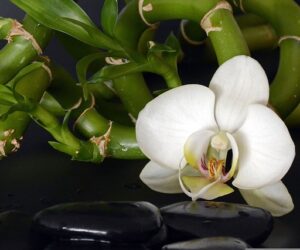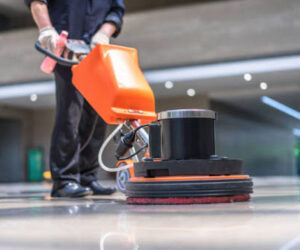The lucky bamboo plant is a symbol of luck in Asian culture. It has been around for thousands of years and symbolizes wealth and prosperity. Its symbolism has made it a popular plant to use in the home and office.
If you are planning to grow lucky bamboo, you must follow certain steps in order to keep it healthy. This article will give you tips on how to grow lucky bamboo in soil or a container. In addition, you will learn how to maintain your lucky bamboo with proper fertilization and how to use indirect light to grow your lucky bamboo plant.
Growing lucky bamboo plants in soil
Growing lucky bamboo plants in soil requires a few key steps. First, you must provide your plant with water. Then, you must place it in a spot that is not in direct sunlight. It should also be kept in a room that is not too hot or too cold. You should avoid placing it near windows because it will be prone to scorching. Also, the soil must be rich and well-drained.
Do not use any synthetic fertilizer because it can make your plant rot. You can also add a few small rocks to help the soil drain well. Finally, place your lucky bamboo plant in a tall glass vase or ceramic container. It is best to grow it hydroponically in a clear container, but you can also use a standard terracotta pot.
You should also make sure that your soil has the right pH level for your lucky bamboo plant. The pH level should be 6.0 to 6.5. If it is too acidic, you can use peat moss or pine bark fines to lower the pH level. When you mix your soil, make sure to wear gloves and add just enough water to achieve the right pH balance. If you want better drainage, you can add some sand as well to the mix.
Growing lucky bamboo plants in container
Lucky bamboo plants can be grown hydroponically (in water) or in soil. The former is preferred because the water can be kept cleaner. However, the latter works just fine. Whichever method you choose, make sure to choose a container that is tall enough to hold the bamboo plant and has at least one to three inches of water.
Depending on the size of your container, you may want to trim the roots to make room for the new growth. To do this, you need to use sterile scissors. When cutting the roots, make sure to leave at least one inch of the bamboo stalks intact. You can also use fertilizer to stimulate the roots.
Growing lucky bamboo plants in indirect light
Lucky bamboo plant is a tropical plant that prefers indirect light, and should be grown away from direct sunlight. If you notice that the leaves are turning yellow or brown, the plant may be overwatered and needs to be re-potted. Make sure to use distilled water instead of tap water, and to use a well-draining potting mix.
You can propagate Lucky Bamboo by cutting a healthy stalk above the node. You should make sure the cutting has at least two bamboo segments, and the top of the stalk should be dipped in rooting hormone. Place the top in a new container and keep it in indirect light in a warm, draft-free room. The new stem will begin to sprout new leaves and will begin to grow roots. After that, you can care for the cutting as usual.
Fertilizing lucky bamboo plants
Fertilizing your lucky bamboo plants is essential for their health. It’s best to fertilize every couple of months in order to make sure they’re getting the right amount of nutrients. In addition to nitrogen, lucky bamboo also needs magnesium and iron. Fortunately, these nutrients are carried by the soil through its roots. However, it’s important not to overfeed your bamboo, as it’s highly sensitive to overfeeding.
To fertilize your lucky bamboo plant, mix a balanced fertilizer with a few drops of liquid plant food and mix it with the soil. Lucky bamboo fertilizer is especially made for this type of plant, so make sure to read the instructions on the package. Depending on the type of fertilizer you use, you may need to fertilize your lucky bamboo every few weeks or every three months. If you don’t have liquid fertilizer, you can dilute a bag of fertilizer to make it work on your indoor plants.

